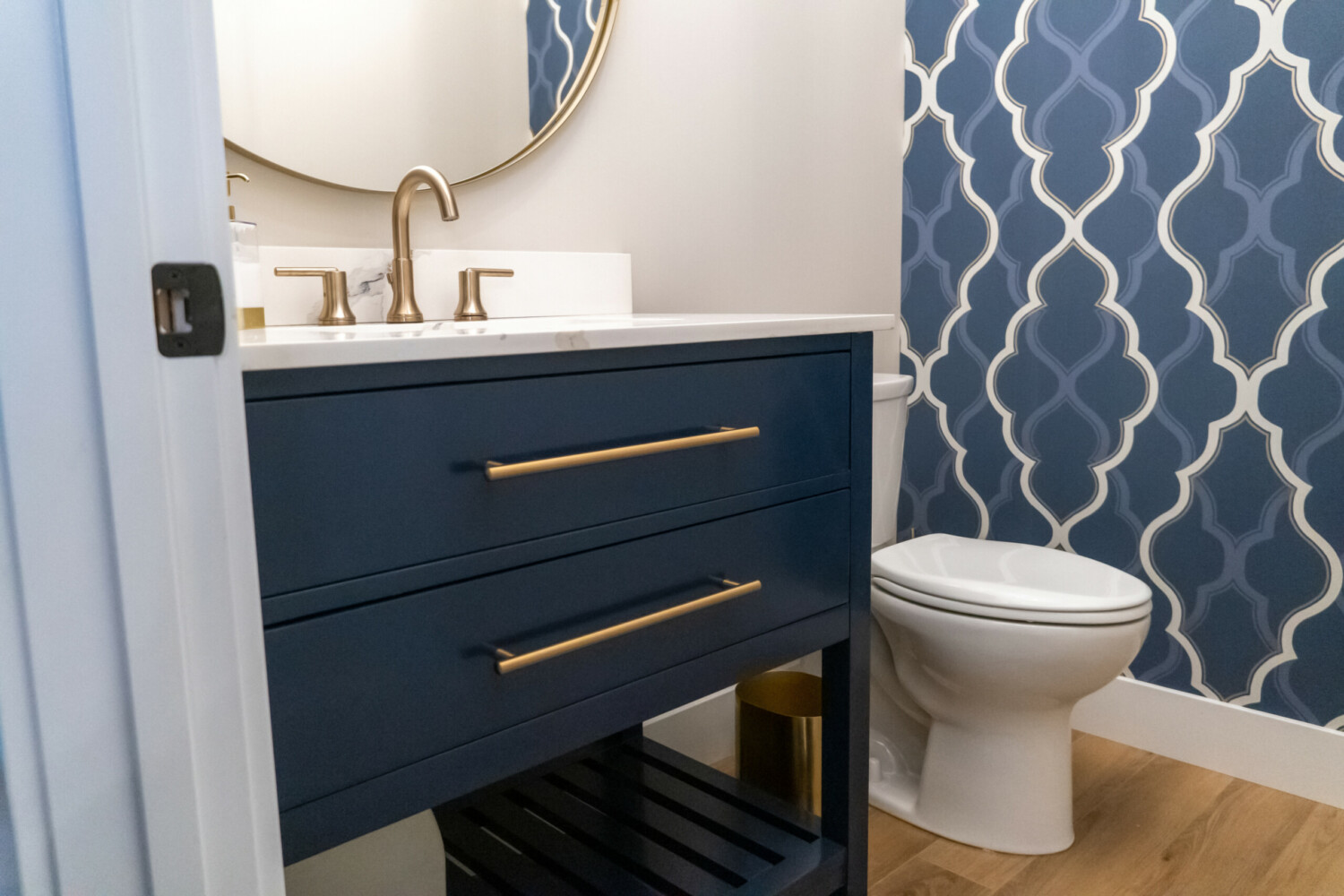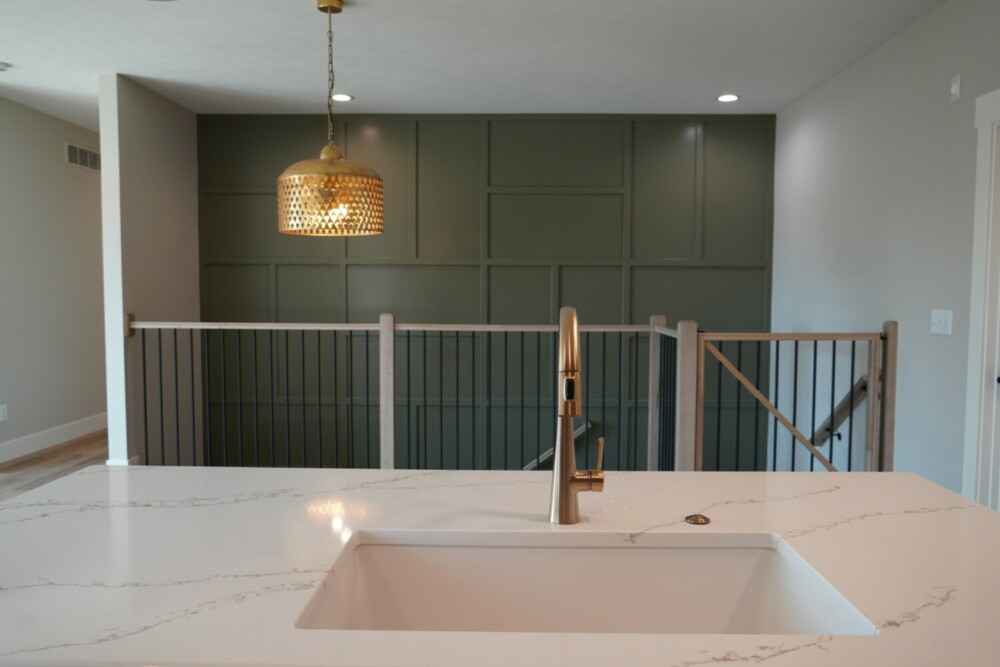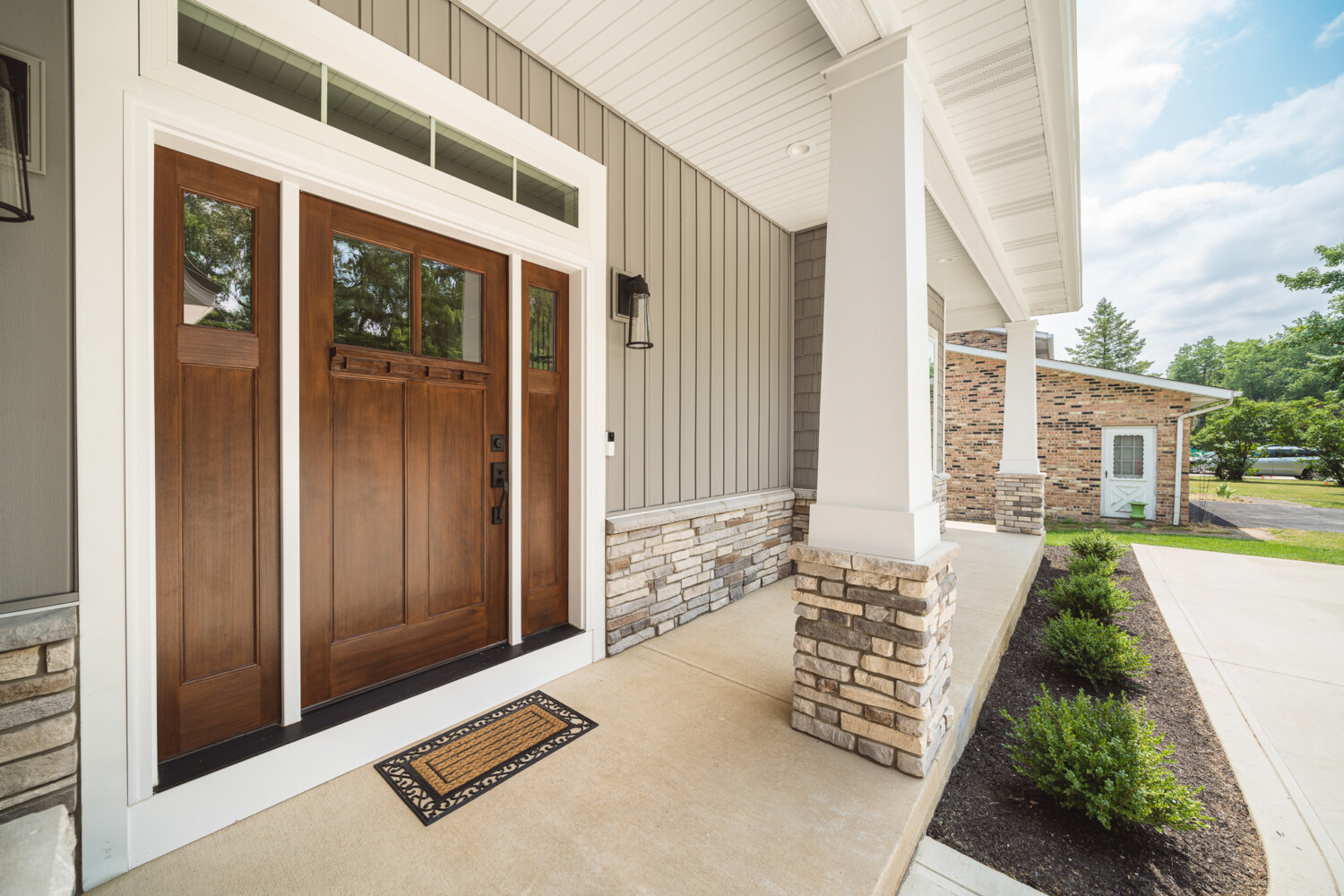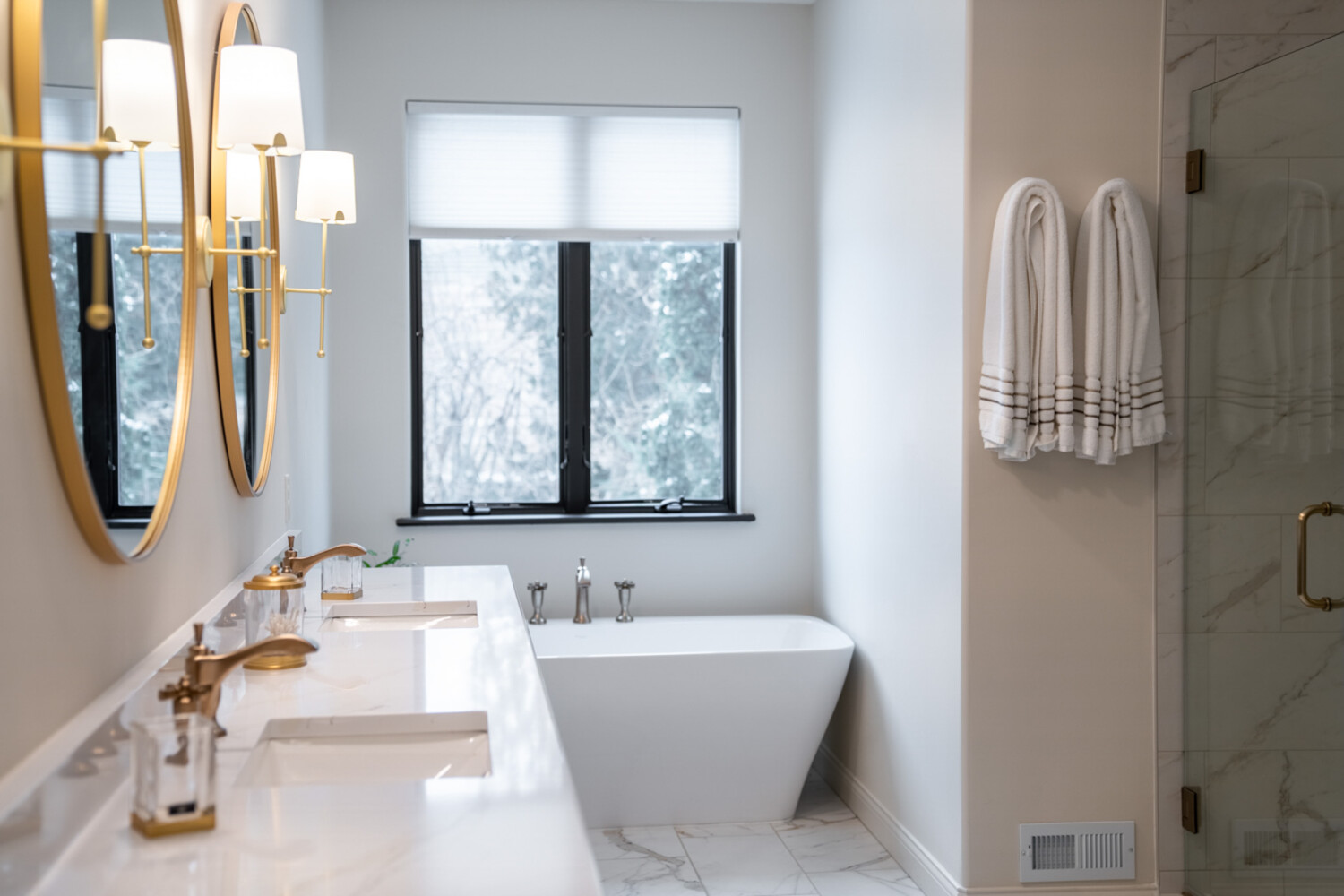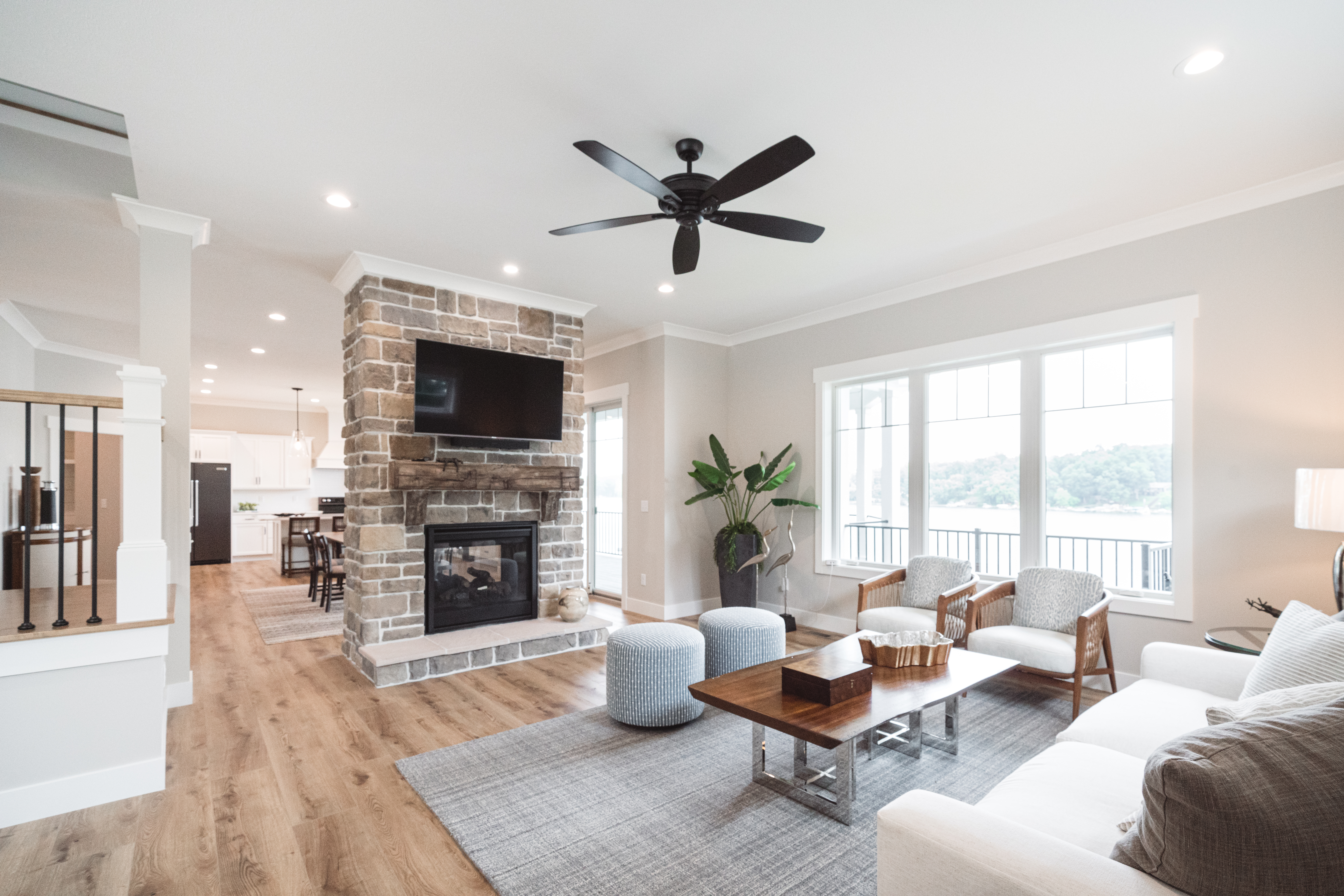
Designing a new home or planning a remodel addition with the future in mind is a wise approach that can save you both time and money. It allows your home to adapt and grow with your family’s changing needs. Here are some considerations and tips to ensure your home is designed to accommodate future requirements:
Flexible Spaces: When designing your home or remodeling, consider creating flexible spaces that can serve multiple purposes. Spare bedrooms can be designed to have dual functionality. For example, an extra bedroom can double as a home office, a playroom, a guest room, or a hobby room. This way, as your family evolves, the rooms can easily be repurposed without significant renovations.
Multi-functional Areas: Think about incorporating multi-functional areas into your home’s design. Open floor plans and multi-purpose rooms provide versatility and adaptability. For instance, a large family room can be used for family gatherings, entertaining guests, and as a children’s play area. Having adaptable spaces allows you to make the most of your square footage without needing extensive modifications later.
Future-Proof Infrastructure: Consider including infrastructure features in your home design to facilitate future upgrades. This may include wiring for advanced technologies like home automation systems or renewable energy solutions. By planning for these features now, you can easily incorporate them later without the need for major construction work.
Expandability: If you have the space and resources, consider designing your home with the potential for future expansions. This could involve incorporating structural elements to make future additions easier, such as pre-installing additional plumbing or electrical connections in certain areas. By planning for expansion upfront, you can save on costs and potential disruptions later on.
Long-Term Cost Considerations: Keep in mind that a well-designed home can be an investment for life. While it may require a slightly higher upfront cost to incorporate future-proofing features and design elements, it can save you thousands of dollars in the long run. Think about energy-efficient designs, sustainable materials, and low-maintenance features that will reduce operating costs over time.
Engage with Professionals: Working with architects, contractors, or interior designers who have experience in designing homes for future growth can be immensely valuable. They can provide insights, suggest creative ideas, and help you plan for a home that meets your current needs while adapting to future changes.
Remember, a little bit of vision during the design phase can go a long way in saving you time, money, and potential headaches down the line. By incorporating flexibility, multi-functionality, and future-proofing into your home design or remodel, you can ensure that your home will be a comfortable and accommodating space for your family throughout the years.

